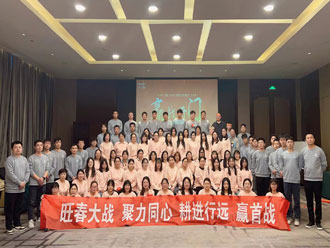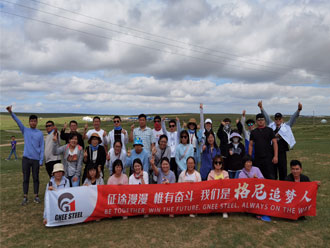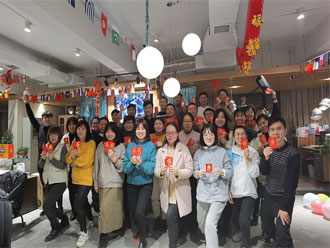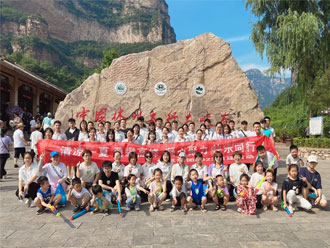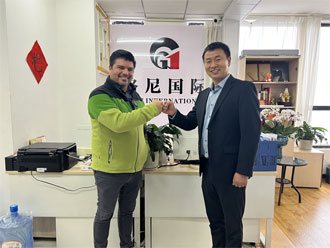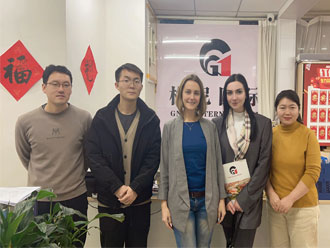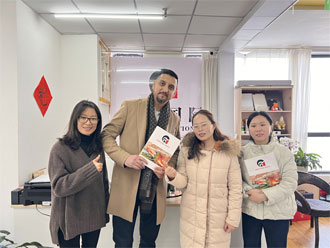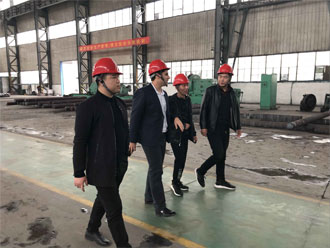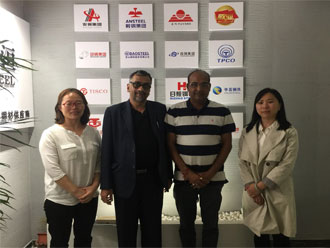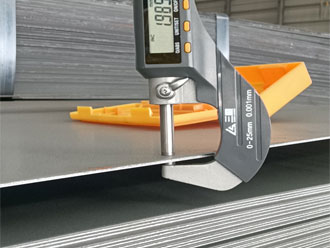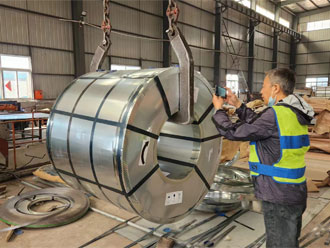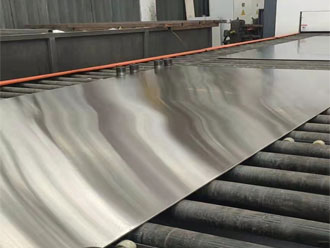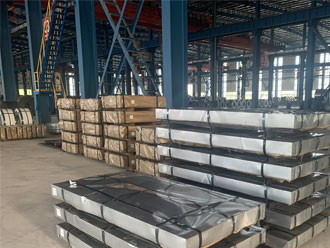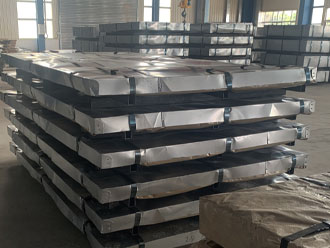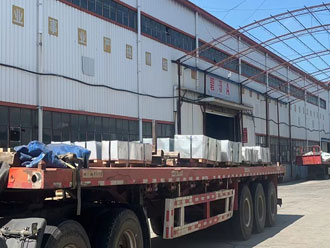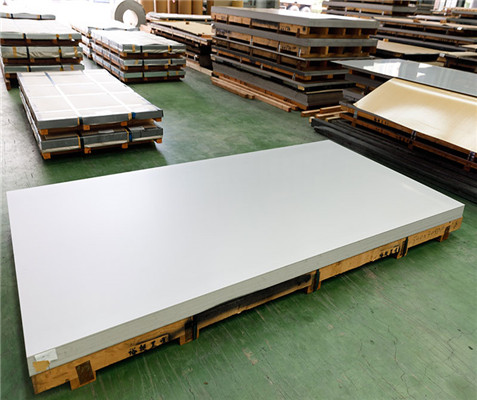







| Standard | ASTM,AISI,SUS,JIS,EN,DIN,BS,GB |
| Material | 201/202/301/302/304/304L/316/316L/309S/310S/321/409/ 410/420/430/430A/434/444/2205/904L etc. |
| Finish(Surface) | No.1/2B/NO.3/NO.4/BA/HL/Mirror |
| Technique | Cold Rolled / Hot Rolled |
| Thickness | 0.3mm-3mm(cold rolled) 3-120mm (hot rolled) |
| Width | 1000mm-2000mm or custom |
| Length | 1000mm-6000mm or custom |
| Application | Stainless steel sheets can apply to construction field, ships building industry, petroleum & chemical industries, war and electricity industries, food processing and medical industry, boiler heatexchanger, machinery and hardware fields. Stainless steel sheet can be made accordingto the customer's requirements. Fast delivery. Quality assured.Welcome to order. |
Martensitic stainless steel sheets AISI 410
| Chemical Composition of 410 | ||||||
| Grade | The Element (%) | |||||
| C | Si | Mn | P | S | Cr | |
| 410 | 0.08 - 0.15 | ≤1.00 | ≤1.00 | ≤0.035 | ≤0.030 | 11.50 - 13.50 |
| Grade | GB | DIN | AISI | JIS |
| 1Cr13 | 1.4006 | 410 | SUS410 |
410S is annealed, or softened, to make it less brittle. This is done by heating it to between 1600 – 1650°F (871 – 899°C), then air cooling it slowly at room temperature to relieve cold-working stresses.Sometimes, if excessive large grains are encountered after annealing mildly cold-worked material, the annealing temperature should be decreased to a range of 1200 – 1350°F (649 – 732°C) range. However, it should never be increased to 2000°F (1093°C) or above due to embrittlement, which is the partial or complete loss of the material’s ductility, the opposite of the desired result of annealing 410S.
For maximum corrosion resistance to chemical environments, the 410S surface should be free of all heat tint or oxide formed during the annealing or hot working process. It is essential that all traces of oxide and surface decarburization be removed by grounding or polishing all surfaces. Afterwards, parts are immersed in a 10% to 20% nitric acid solution followed by a water rinse. This is to ensure the removal of any residual Iron.
After this step, stainless steel 410S parts are generally considered able to undergo welding by common fusion and resistance techniques, though special attention is paid in order to avoid brittle weld fractures during fabrication and to minimize discontinuities.
The main difference between stainless steel 410 and 410S is that 410 is a basic, general purpose, martensitic stainless steel that can be hardened whereas 410S is a lower Carbon modification of 410 stainless steel, more easily welded but possessing reduced mechanical properties. 410S stainless steel can be easily formed by drawing, spinning, bending, and roll forming.
pplications using 410S Chromium ferritic stainless steel have considerably increased in recent years in chemical industries as well as oil or gas transportation industries. Experiments to determine phase transformation temperatures are ongoing to determine the alpha to gamma transformation temperatures for this alloy in different cooling conditions. Results will determine how 410S can be best used in these industries.



